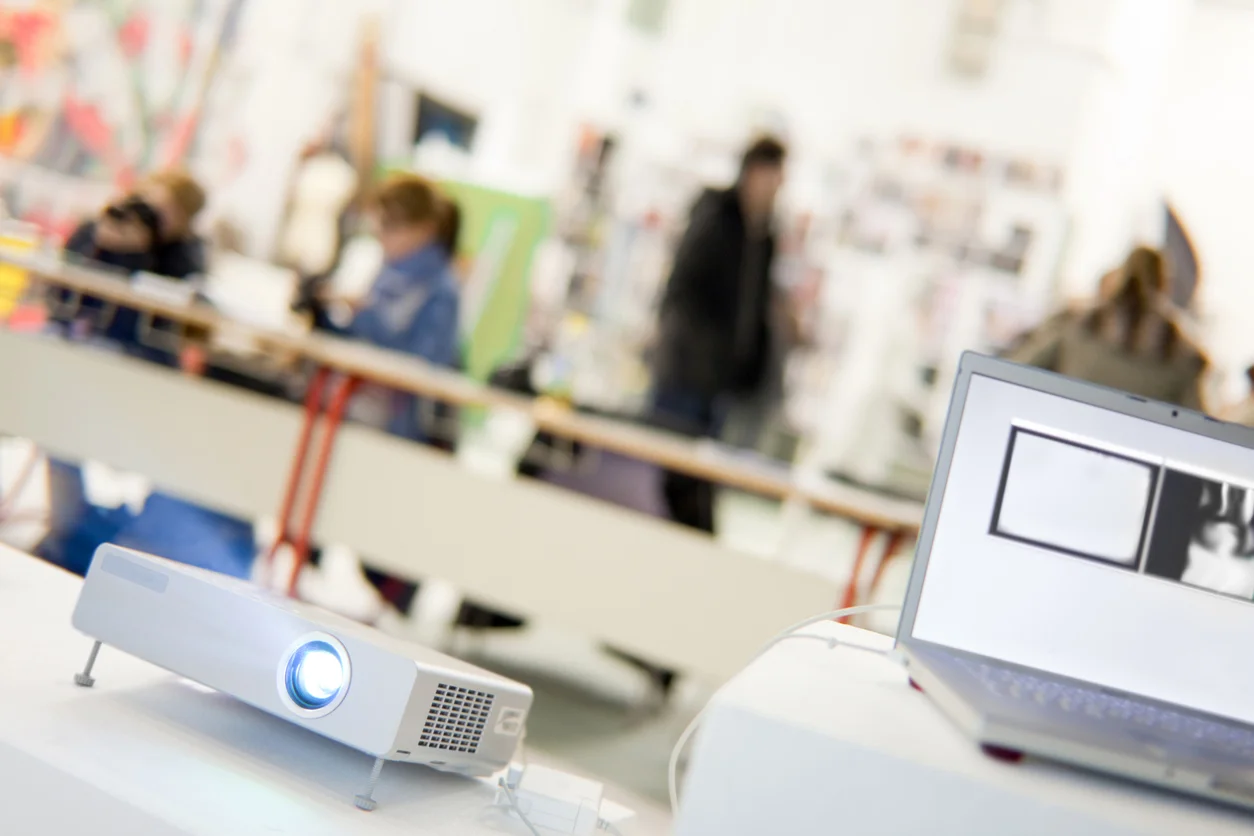The final round of government funding is currently being distributed to schools all around Australia. So far over 967,000 computers have been bought, infrastructure built and (most) teachers up-skilled to benefit from the acquisition. But as the funds come to an end, many school principals are wondering if the process has been beneficial, and how can they continue to support and progress the Digital Education Revolution? Way back in 2008 the Labor Government initiated the National Secondary Schools Computer Fund (NSSCF). Over 2.4 billion dollars has been spent, year groups 9-12 were targeted and the focus, according to the 2007 Election Policy document "is aimed at ensuring one million Australian upper secondary students get an education with the latest technology, to prepare them for the jobs of the future".
My concern is that the focus was misdirected from the beginning. All efforts were seemingly made to provide each student with their own laptop, simply to prepare them for a technology based workforce or "jobs of the future". Teaching and learning somehow got lost in the planning to spend, the focus of preparing students for future jobs took precedent over preparing students to excel in literacy and numeracy.
It is easy to see how many have seen this whole process as nothing more than political spin. The figures are very impressive, and it is easy for Labor to claim the project a success. After all, they have met their targets. The Computer Fund has achieved a one computer per student (1:1 ratio) for students in Years 9 to 12. But measuring the true success of this "revolution" in terms of learning outcomes, is nigh on impossible.
Most schools are left with more questions then answers. Are we utilising the computers properly? Can we keep maintaining fast internet access and wireless coverage? Did we choose the right computers? And the most important question: can we afford to continue the 1 to 1 laptop program?
I manage an IT department in a part of Perth which has a low socio-economic background. Our parents are by no means wealthy and the school has welcomed the DER money with open arms. My predecessor made some excellent decisions and focused on upgrading our wireless network. We executed the integration of laptops so well that the school gained a reputation as being a digital "light house" school. Just a few weeks ago Julia Gillard herself visited to marvel at the presence of so much technology and so many happy students.
But beneath the facade their was much more happening. A culture change was taking place which was trickling down from the management team and senior staff. We no longer wish to be known as a technology driven school. We wish to see our students excel in their chosen field. We want to provide students with diverse opportunities and see them become independent thinkers. This is what I believe will prepare them for "jobs of the future", not knowing how to use Powerpoint or organise their Home folders.
This sentiment appears to be echoed by Labor's National Plan for School Improvement. An initiative aimed squarely at raising achievement in reading, maths and science. With this is mind we must, like many other schools, decide how to proceed without the thousands of dollars from the government. Technology must be kept current, to simply use the existing computers that we have for another 4 years is not practical. To take on the expense ourselves as a school is simply not viable.
Bring Your Own? BYOD and BYOT are acronyms which have been discussed a lot recently. The reason for this is because schools are asking students to "Bring Your Own Device", or even "Bring Your Own Technology". The key difference is that the student can choose for themselves which computer to use with the latter. Where as a BYOD approach is one where a school requests a particular computer which the student must supply.
Each model has its own pros and cons, but what I find most interesting is the general acceptance by parents that now it is acceptable to place a $500 item on the school booklist.
The government led DER may take a lot of criticism, but it has had an enormous positive impact on education. I consider it to be a success, and it came at a very important transitional stage for personal computing. Even the most critical parent has the foresight to see that teaching is going through tremendous positive change as a direct result of personalised learning devices.
The home for many harbours plenty of high-end digital tools, mainly used for entertainment. And technology has been so ingrained into our lives that for a student to already own a tablet or be handed down a laptop computer from a parent is not unusual. So what has been started by the government can be easily continued by the parent.
Bring your own technology really does seem like a perfect solution. However questions must be addressed surrounding equity for all students. Although, this is no different to any other school apparatus not available for disadvantaged students and can be remedied. I also have grave concerns surrounding the teaching practice in the classroom. Many teachers struggle capitalising on a single device let alone multiple technologies being used in the classroom. However these hurdles can easily be overcome with effective leadership and support, and good PD for staff.
Tasks in the classroom need to be less technology driven, and more outcomes based. For example digital story telling can come in many forms. The creative use of video, stop animation with still pictures, even podcasting can be achieved on all modern computers and tablets. How the student creates these assignments is for them to discover and put into practice. What the content holds should be of interest to the teacher, not the technology or process used to make it. These are examples of developing young minds into critical thinkers who can problem solve and discover new applications for themselves.
Letting Go A big trend and strategy which I apply at my school is maximising on free services such as cloud storage, email and calendar solutions. In turn you are pushing responsibility of data back to your users (students and staff) and spending less money maintaining any server rooms which you have.
In order to do this though it is paramount that the school provide the most stable and efficient network possible, while increasing bandwidth to the internet. The NBN has been a long time coming, and upgrading your school to the fastest fibre connection available may be the best IT decision you make this year. This additional bandwidth will allow you to migrate more services out of your server room, but also provide fast access to learning resources, and enable real time collaboration.
As we begin to rely on services from providers such as Google, Apple, Dropbox, Evernote etc, we must also be prepared to let go of the device requirement which we impose. We must consider allowing students to bring which ever computing device they choose to school. The family home likely already has ample digital tools, and it is cost effective to support this. As the DER funding dries up we have little choice but to allow parents to manage their own child's technology.
Where the school must pay particular attention to is the internet gateway it provides, including the content available to students. It is imperative that while devices are in your school network, you know who they are and monitor activity as much as possible. But think for a moment that you will provide a constantly safe environment for students, and you will be proven wrong very quickly.
Such is the nature of modern technology many students can easily circumnavigate any internet proxy imposed. Mal Lee sums this up perfectly on his website www.byot.me:
"Even in class, many kids can use their 3G or similar service. Addressing sociological problems such as cyber safety with a technological solution is doomed to failure."
This is why a Digital Fair Use Policy is of equal if not greater importance than a content filtering web proxy, which simply builds walls made from tissue paper.










